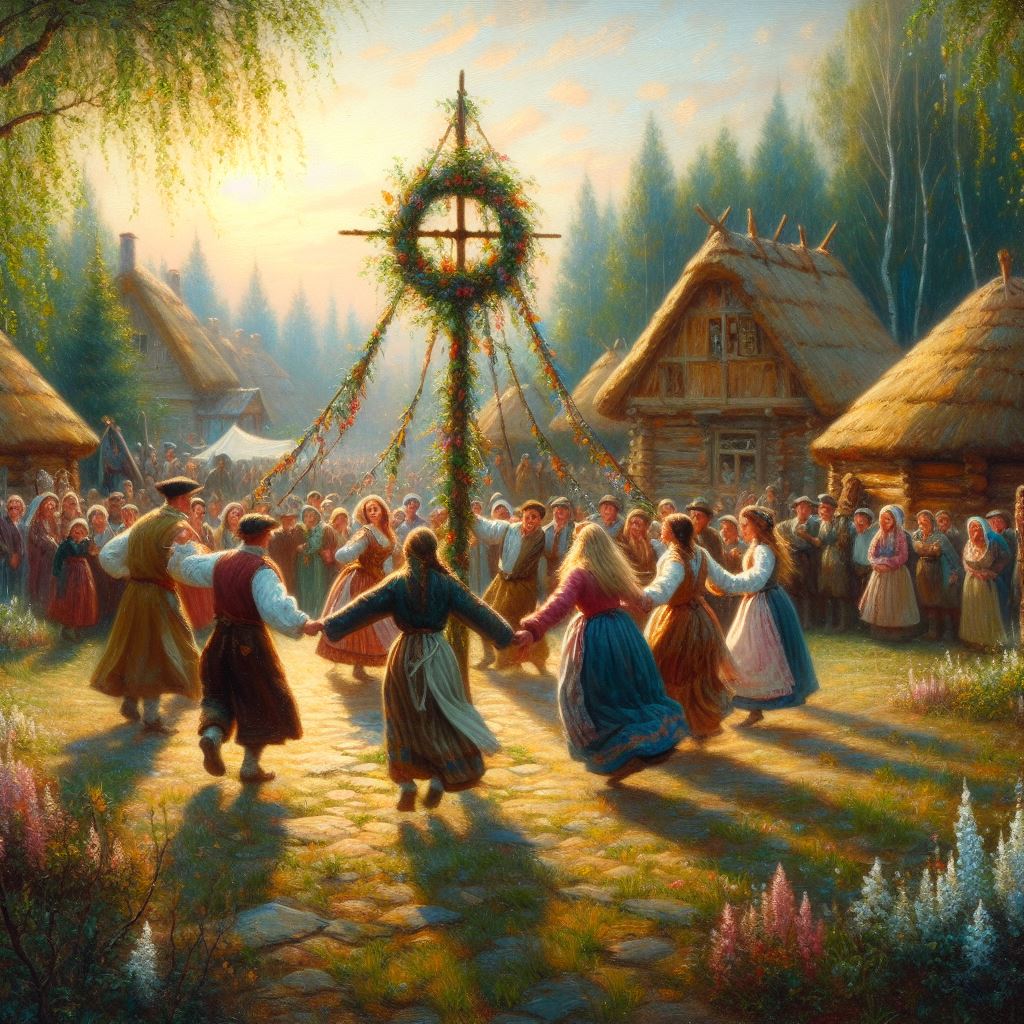Epic Journeys of Vikings: Sailing Beyond the Horizon
The Vikings, often romanticized as fearsome warriors of the medieval ages, were also accomplished seafarers and explorers whose expeditions stretched far beyond their Scandinavian homelands. These intrepid Norse adventurers embarked on daring journeys across the seas, venturing into unknown territories and leaving a lasting impact on history. Join us as we delve into the captivating world of Viking expeditions and uncover the tales of their remarkable adventures.

The Viking Age, spanning roughly from the late 8th to the 11th century, witnessed a surge in maritime activities as Norse sailors set out to explore new lands and expand their horizons. Equipped with sturdy longships capable of navigating rough waters and shallow riverways, Vikings were uniquely suited for long-distance travel and exploration.
Braving the Icy Seas: Settlers of Greenland
The Vikings were no strangers to the harsh Arctic waters, as evidenced by their expeditions to Greenland and beyond. Led by explorers such as Erik the Red, Norse settlers braved the icy seas to establish colonies in Greenland, adapting to the rugged environment and establishing connections with native Inuit populations. Despite facing icy seas, harsh winters, and limited resources, Norse settlers adapted their agricultural practices, exploited local resources, and built thriving communities such as Brattahlid, demonstrating their ability to flourish in demanding conditions.
The encounters between the Vikings and indigenous Inuit communities in Greenland were diverse, involving both clashes over resources and periods of collaboration and cultural interchange. The Norse settlers gained valuable survival knowledge from the Inuit, adopting innovative practices such as constructing turf buildings and using kayaks for hunting. However, by the 15th century, various factors including changing climate conditions and economic challenges led to the decline and eventual abandonment of many Norse settlements in Greenland.
The Epic Saga: Discovery of Vinland
The Viking expedition to North America, led by Leif Erikson, stands as a testament to the audacity and maritime expertise of these Norse explorers. The journey to Vinland, as documented in the Icelandic sagas, reveals a saga of daring exploration and cultural encounters that predates Columbus's voyage by several centuries. The saga describes the expedition of Leif Erikson, the son of Erik the Red, who had already established settlements in Greenland. Leif, inspired by stories of lands to the west, assembled a crew and set sail in search of new territories. Their journey across the North Atlantic was no small feat, navigating treacherous seas and unpredictable weather in their sturdy longships.
Upon reaching the shores of Vinland, believed to be in present-day Newfoundland, Canada, the Vikings encountered a land teeming with resources and natural beauty. They described lush forests, abundant wildlife, and a climate suitable for agriculture, sparking interest in potential colonization. The settlement at L'Anse aux Meadows, discovered in modern times by archaeologists, provides tangible evidence of the Vikings' presence in North America. Excavations unearthed remnants of Norse structures, artifacts, and even a forge, indicating that the Vikings established a temporary settlement in Vinland.
Varangians: Viking Kings and Settlers in Eastern Europe
The Vikings' eastern expeditions were also marked by more than just warfare; they significantly impacted trade and diplomacy, showcasing their navigational skills along rivers like the Volga and Dnieper. These journeys facilitated cultural exchanges between Norse seafarers and local Slavic populations, leading to the establishment of peaceful trade routes and diplomatic relations. The Vikings, known as the Varangians in the East, settled in these lands and contributed as traders, craftsmen, and administrators, enriching the cultural and political landscapes of Slavic and Byzantine societies.
The Varangians' influence extended beyond trade and settlement; it also shaped the political landscape of Eastern Europe. Notable leaders like Oleg the Wise and Rurik, descendants of the Varangian bloodlines, played pivotal roles in the formation and governance of the Kievan Rus. Their leadership, strategic acumen, and cultural contributions led to stability, territorial expansion, and the flourishing of art and trade, leaving a lasting imprint on Eastern European civilization. The Varangians' expeditions not only opened new horizons for trade but also laid the foundation for enduring political institutions and dynasties, fostering a fusion of Norse, Slavic, and Byzantine cultures that shaped the region's history for centuries.
Global Impact of Viking Expeditions
Viking expeditions were motivated not only by curiosity but also by ambitions for wealth, fame, and expansion. Both raiders and traders embarked on daring voyages into uncharted territories, driven by the pursuit of valuable resources, fertile lands, and strategic advantages. These journeys led Vikings to distant lands, some of which remain obscured by the passage of time. Although speculative, there are suggestions of potential archaeological evidence indicating Viking explorers may have landed in far-flung regions like Australia and South America, leaving tantalizing traces of their global reach.
These globe-spanning voyages underscore the navigational skills of the Vikings, who relied on celestial navigation, sunstones, and knowledge of winds and currents to traverse vast distances. Their ability to navigate open waters and coastal regions with precision allowed them to reach distant lands and expand their sphere of influence. What makes these expeditions remarkable is not just the physical journey but also the cultural exchanges that occurred. The Vikings interacted with indigenous peoples of the lands they settled and explored, forging relationships and trading goods, and leaving long-lasting cultural impacts in the distant parts of the world.
While the era of Viking expeditions eventually gave way to changing geopolitical landscapes and the rise of centralized kingdoms, their legacy as bold explorers endures. Archaeological discoveries, such as the Oseberg ship burial in Norway and the Gokstad ship in Denmark, offer glimpses into their seafaring prowess and technological innovations. Today, museums and historical sites around the world preserve the legacy of Viking expeditions, captivating visitors with tales of adventure and exploration.
In conclusion, Viking expeditions represent a captivating chapter in human history, showcasing the spirit of adventure, resilience, and curiosity that drove Norse explorers to chart new waters and discover distant shores. Their journeys, spanning vast oceans and uncharted territories, continue to inspire awe and fascination, reminding us of the enduring quest for knowledge and discovery that defines humanity's exploration of the world.


